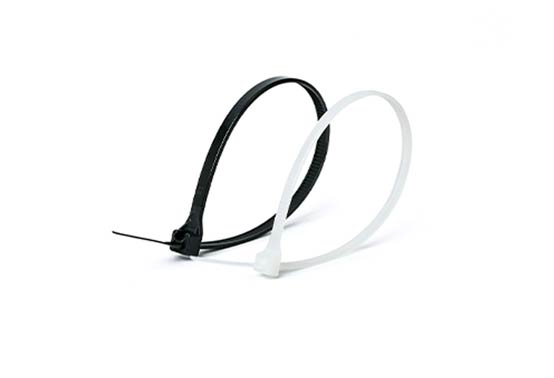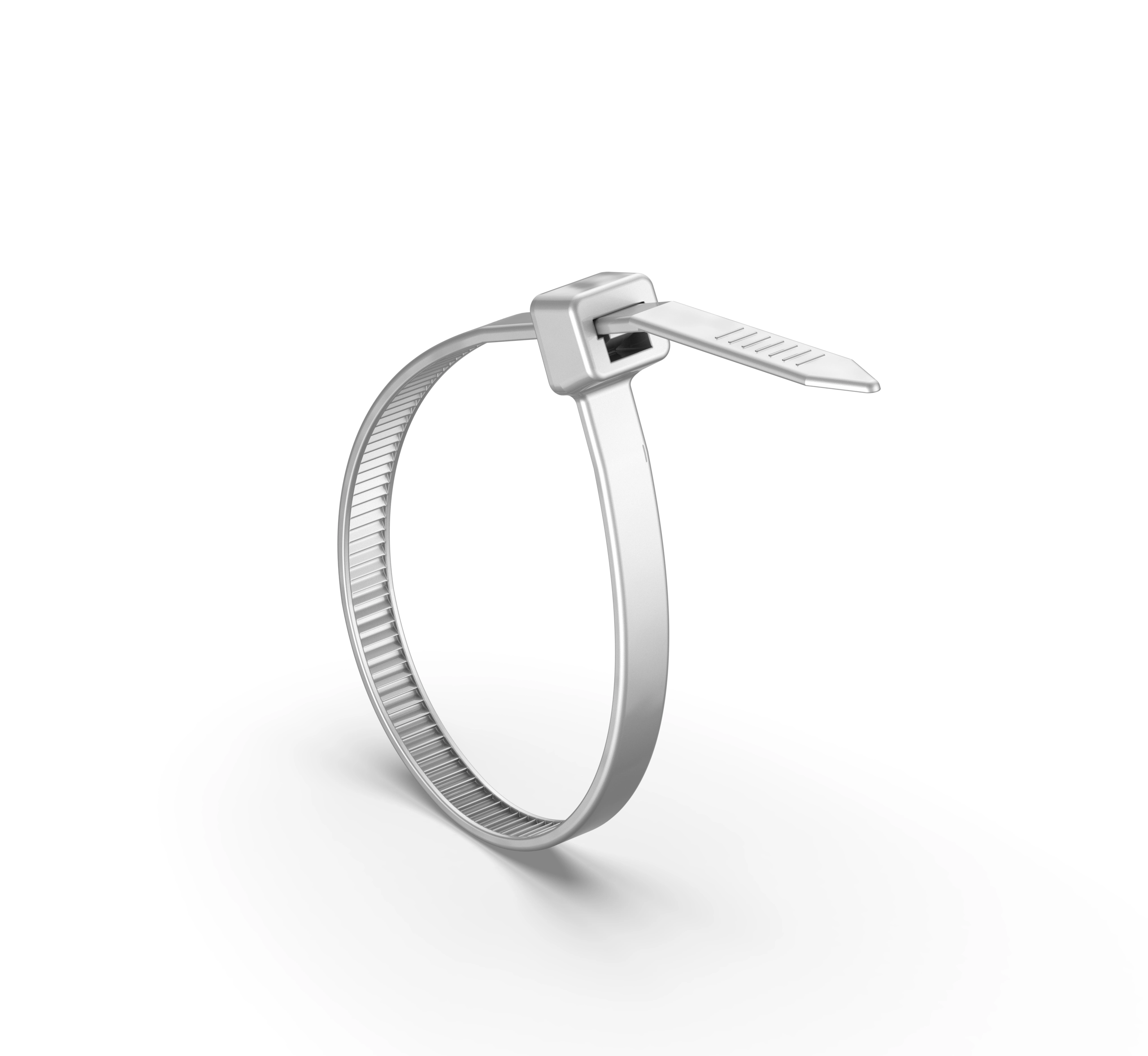Tel
0577-62795555
Tel
0577-62795555
When it comes to cable management, cable holding nails are an essential tool. They provide a reliable solution for keeping cables organized and secure. However, it is crucial to be aware of the safety considerations associated with working with cable holding nails to avoid any potential accidents or damage. In this blog, we will discuss the importance of safety when using cable holding nails and provide some tips to ensure a safe working environment.
Before diving into safety considerations, it is essential to understand the purpose of cable holding nails. These nails are specially designed to hold and secure cables in place, preventing them from tangling or becoming a tripping hazard. They are commonly used in various settings, such as offices, homes, theaters, and even outdoor events. Cable holding nails help maintain a neat and organized appearance while also ensuring the safety of individuals by keeping cables out of the way.
Selecting the appropriate cable holding nails for your needs is an important safety consideration. There are various types of cable holding nails available, each designed for different cable sizes and materials. It is crucial to choose nails that are compatible with the cables you will be working with to ensure a secure hold without damaging the cables.
Additionally, consider the environment in which the cable holding nails will be used. For outdoor applications or areas prone to moisture, choose nails that are resistant to corrosion to maintain their integrity over time. Always prioritize quality and reliability when selecting cable holding nails to ensure the safety of your cable management system.
The installation of cable holding nails is another critical aspect of ensuring safety. Improper installation can lead to unstable cables, potential damage, or even injuries. Here are a few tips to follow when installing cable holding nails:
Preparing the Surface: Before installing cable holding nails, ensure that the surface is clean, dry, and free from any obstructions. This will provide a stable base for the nails and prevent them from loosening over time.
Careful Hammering: When driving the nails into the surface, use caution to prevent any accidental damage to the cables. Ensure that the nails are not driven too deep, as this can cause compression or piercing, potentially leading to cable damage.
Correct Spacing: Properly spacing the cable holding nails is crucial for maintaining cable organization and preventing any strain on the wires. Follow the manufacturer's recommendations for spacing and avoid overcrowding the nails.
Once the cable holding nails are in place, it is essential to regularly inspect and maintain them. This will help identify any signs of wear, damage, or loosening that could compromise the safety of the cables. Regularly check the integrity of the nails and cables, making any necessary adjustments or replacements promptly.
Additionally, consider implementing cable management solutions that allow for easy access to cables when modifications are required. This will minimize the need for excessive nail removal, reducing the risk of accidental damage.
Cable holding nails are a valuable tool for cable management, ensuring that cables are organized and secure. However, safety should always be a priority when working with cable holding nails. By understanding their purpose, choosing the right type of nails, properly installing them, and regularly inspecting their condition, you can create a safe working environment and ensure the longevity of your cable management system. Remember, when it comes to cable holding nails, safety always comes first.



